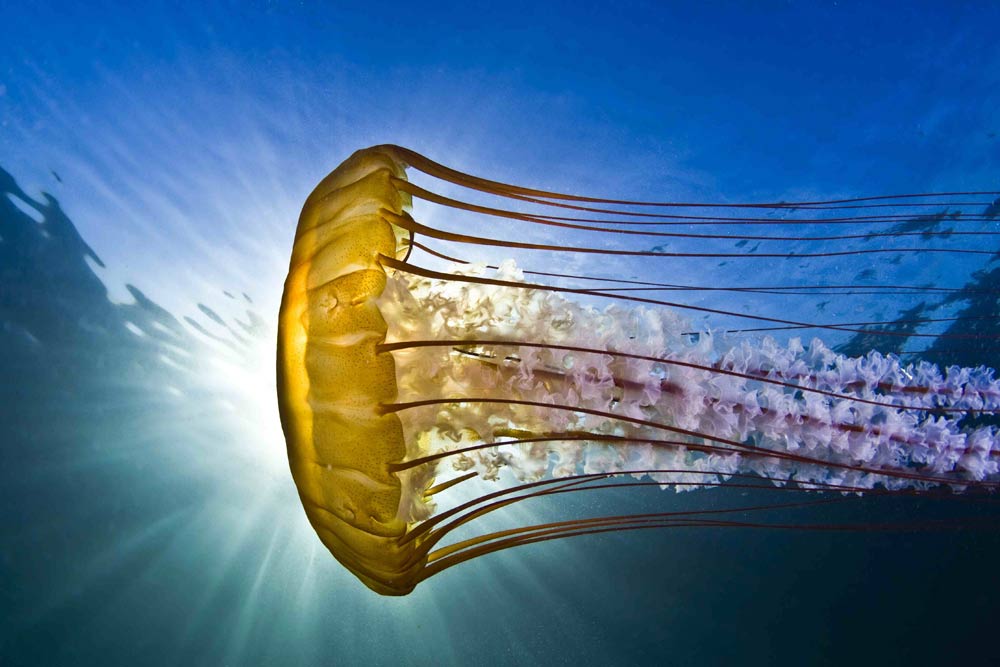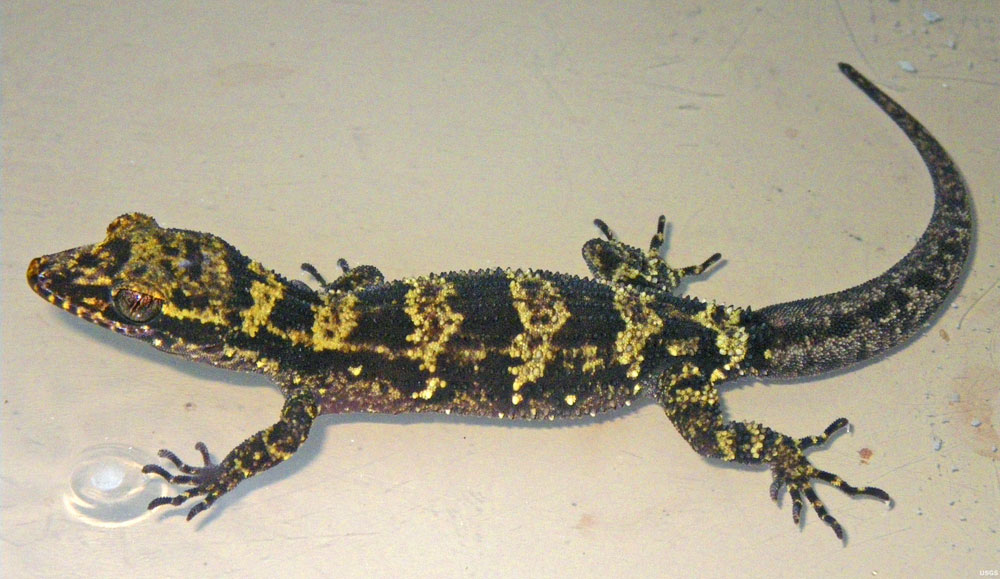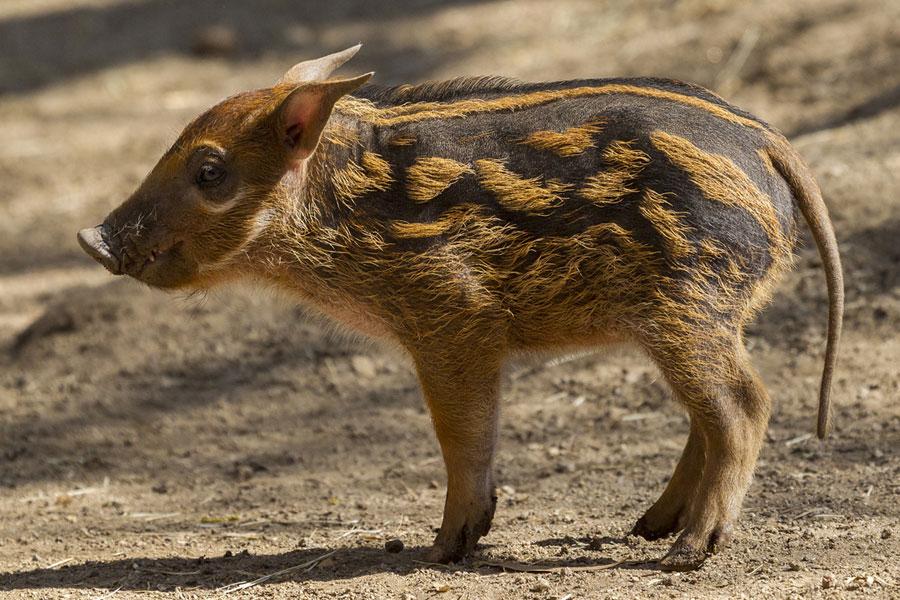Best Earth Images of the Week - Apr. 20, 2012

A Balancing Act

Balancing acts, Spring fever and amazing creature shots... Take a gander at our choices this week.
Seen above colossal rocks perched in precarious poses right next door to the San Andreas Fault.
It's not the rocks' balancing act that is perplexing, it's how the rocks have managed to stay that way with such an aggressive maker of powerful earthquakes just a few miles away.
[Full Story: Mysterious Balancing Rocks Resist Quakes' Shakes]
The Growing Green

With the onset of spring comes first the buds on trees and then the riot of green leaves, which is so pervasive it can even be seen from space.
The Appalachian Mountains themselves are still colored brown because trees at higher, and thus cooler, altitudes were likely still in bloom and had not yet begun to produce leaves, according to a NASA statement.
[Full Story: Spring's Greening Seen from Space]
Bona Fide Beauty

More than 700 images were submitted for this year's annual underwater photography contest put on by the University of Miami Rosenstiel School of Marine & Atmospheric Science, with Ximena Olds' photo of the headshield sea slug against a brilliant background of green seagrass taking home the "best overall" award.
"The quality of photos keeps getting better each year," Wang, who has been judging the contest since its inception, said in a statement. "Judging becomes more difficult when you have so many wonderful pictures to choose from."
[Full Story: Sea Creatures' True Beauty Revealed in Underwater Photos]
Buzzing About the News

A new species of gecko with bumblebeelike black and yellow stripes has been discovered in Papua New Guinea.
Herpetologist Robert Fisher of the USGS Western Ecological Research Center found two bumblebee geckos in Sohoniliu Village on Manus Island in May 2010.
[Full Story: New 'Bumblebee' Gecko Species Creates Buzz]
Citizens on Alert

Mexico's Popocatépetl volcano, which lies only about 40 miles away from Mexico City, dusted nearby areas with ash this week in one of its largest explosions in recent years. The eruption, combined with a billowing plume of steam and ash and increased seismic activity, has prompted authorities to raise the volcano's alert status and advise people to stay at least seven miles away from the summit.
The eruption covered about 30 communities with ash, ranging from a light dusting to up to 7 centimeters (2.8 inches), according to Wired's Eruptions Blog.
[Full Story: Mexico's Erupting Popocatépetl Volcano Spied from Above]
Delightful Deliveries

This little 2-week-old red river hog is part of a litter of four born at the San Diego Zoo.
The two male and two female piglets were born on March 27. The first baby was running around before the last one was delivered.
[Full Story: This Little Piggy ... Was Just Born!]
Magnificent View

The spiderlike shape of Moscow appears at the center of this nighttime image taken by astronauts aboard the International Space Station.
ISS crew members have a unique perspective on the Earth below them, flying at an altitude high enough to take in whole features and regions of the planet, but near enough to still make out interesting details.
[Full Story: Lights at Night: Moscow from Space]
Get the world’s most fascinating discoveries delivered straight to your inbox.
Collision Course

Severe weather, including torrential hailstorms and tornadoes, are striking across the Great Plains tonight (April 14). A National Oceanic and Atmospheric Administration satellite caught a glimpse of the storm system from space this afternoon.
The storm system is being generated by the collision of two air masses. Where these two different types of air meet, the ideal conditions for convection, and thus severe thunderstorms, is created.
[Full Story: Satellites Spies Severe Weather Over Plains]



